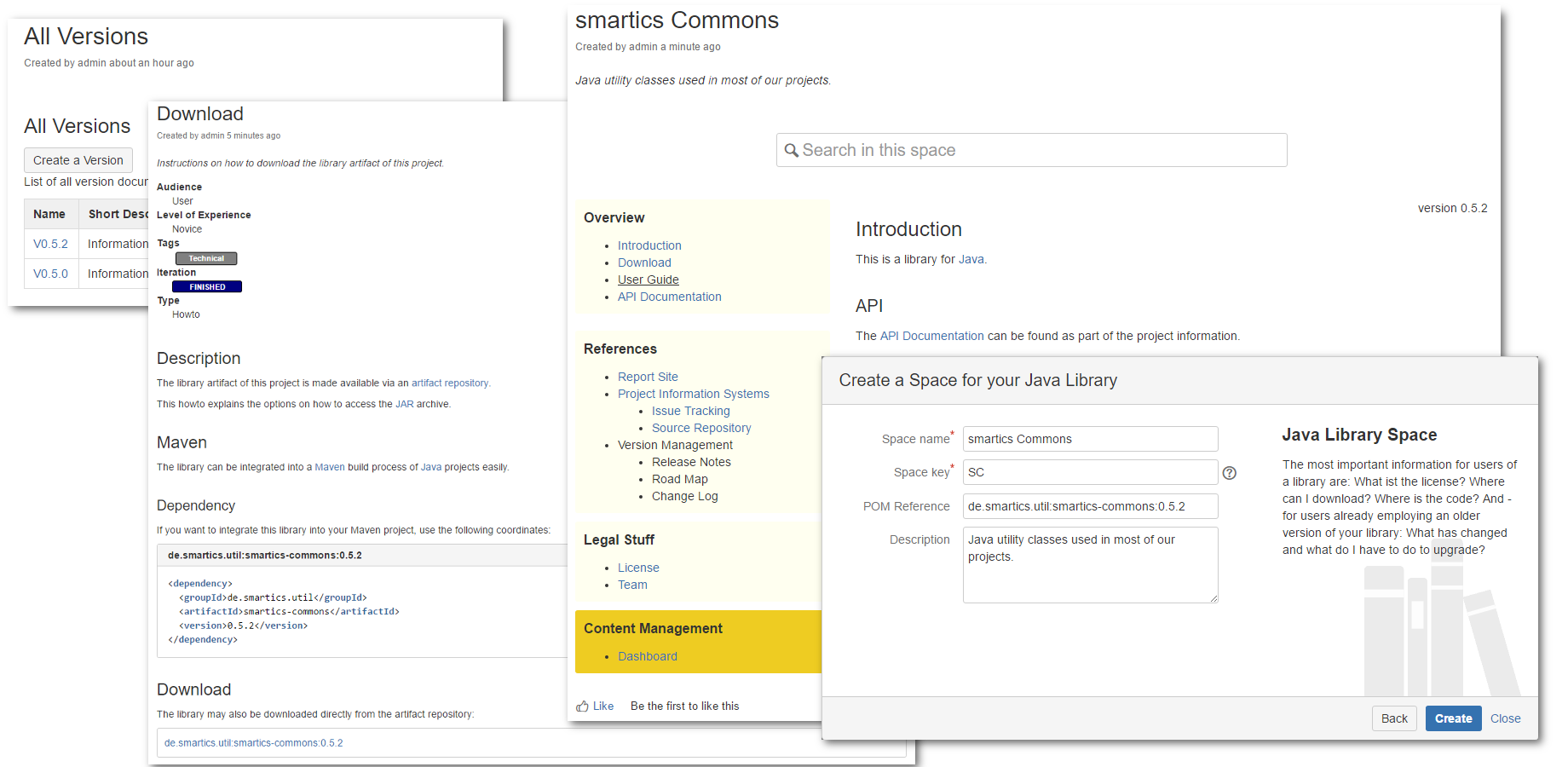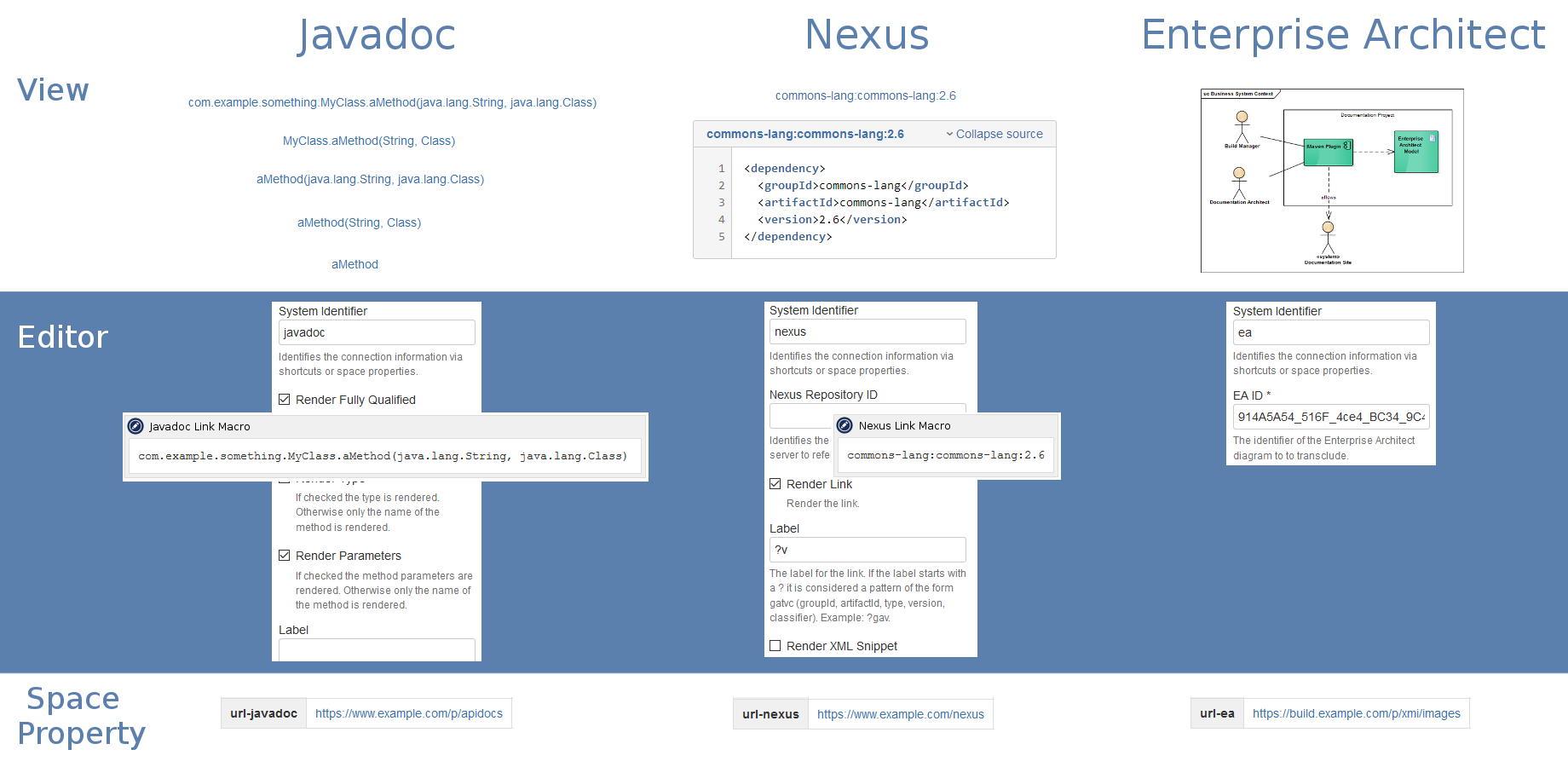Effective communication is an essential part for the success of a software development project. Documentation is that part of the communication that needs to be written down. There are several reasons for writing things down. - Scaling - feeding with information in parallel
- Communication for dislocated teams (in space and time)
- Communication with one's future self (journals)
- Support learning at an individual pace
- Learn more about the subject by having to put it in words
Writing is not an easy task. | Quote External |
|---|
| author | William Zinsser |
|---|
| author-uri | http://www.williamzinsserwriter.com/ |
|---|
| source | On Writing Well |
|---|
| Writing is hard work. A clear sentence is no accident. Very few sentences come out right the first time, or even the third time. Remember this as a consolation in moments of despair. If you find that writing is hard, it's because it is hard. It's one of the hardest things that people do. |
Documentation of a software project is communicating important facts. Reasons for decisions, the quality goals, the requirements, the architecture, all this (and more) typically needs to be communicated. This could be overwhelming to create and a nightmare to maintain. Agile documentation for the rescue! | 





